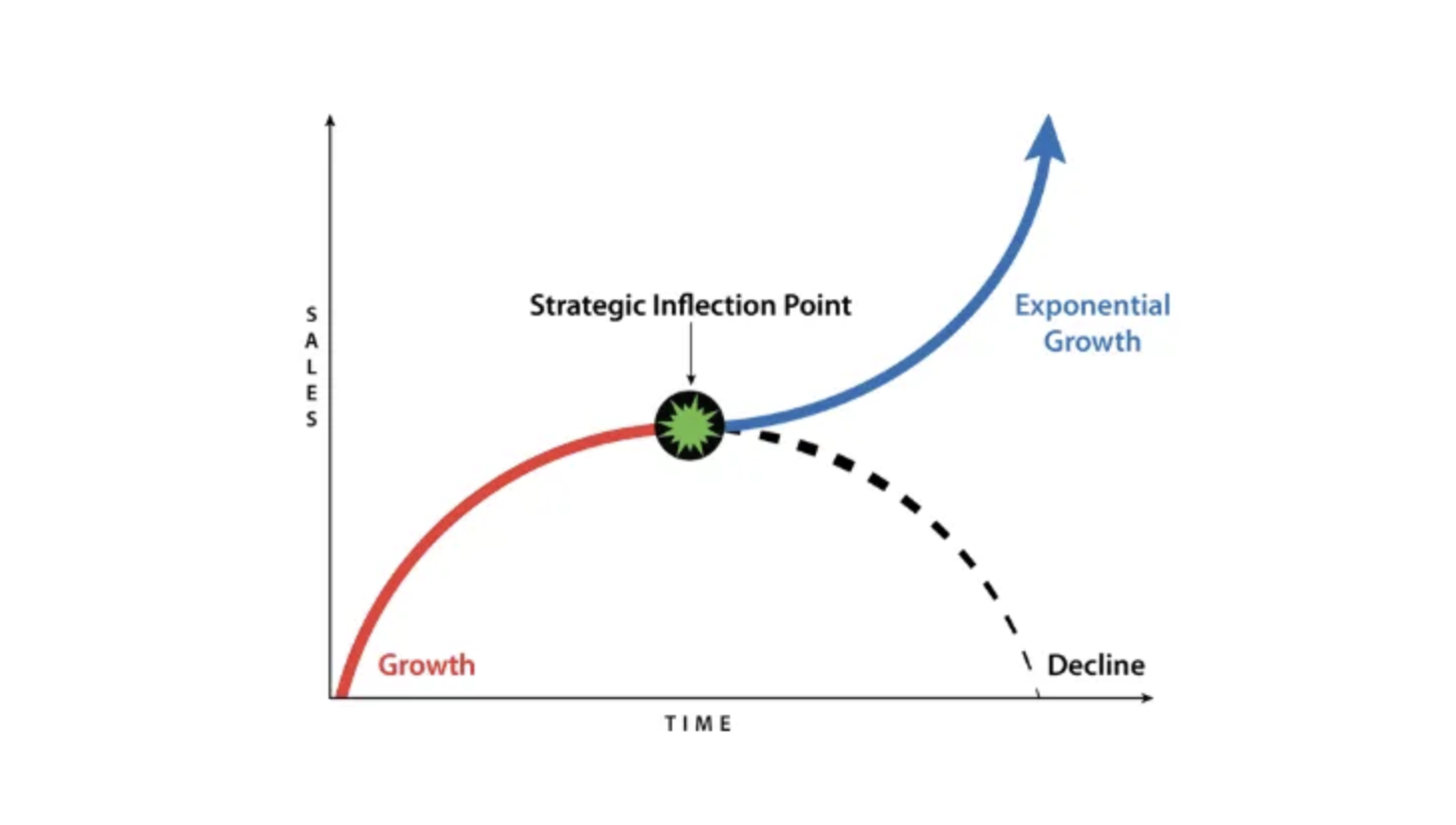Comments
- No comments found

As we advance further into the 21st century, the rise and integration of artificial intelligence (AI) in business operations has emerged as a significant transformative inflection point.
AI is reshaping the business landscape, transforming competitive environments, and evolving the nature of work. However, human creativity has also emerged as an essential ally to AI, creating a synergy that can drive innovative solutions. By leveraging vast data sets for informed decision making, automating routine tasks, personalizing customer experiences, predicting future trends, enhancing security, and fostering creativity, AI can redefine competitive strategies and lead to exponential growth in business. The future lies at the intersection of AI and creativity, where the effectiveness of this powerful tool is determined by the creative and innovative strategies guiding its application.
As we push further into the 21st century, it is apparent that we’re stationed at a vital crossroads of transformation — a strategic inflection point where digital advancements are sculpting fresh paradigms of business operation and strategy. In the realm of business, this transformative phase can be likened to an ecological environment where an organism’s evolution depends on external shifts and internal enhancements, forming a pattern of punctuated equilibrium — crucial changes occurring at distinctive, often unexpected, intervals. Today, the most prominent among these inflection points is the rise and integration of Artificial Intelligence in business operations.

Artificial Intelligence is steadily altering the terrain of the business world, modifying the competitive environment, and evolving the nature of work. As AI transitions from being a buzzword to an indispensable tool, it stands as a symbol of exponential growth and transformation in business. However, amid this technological upheaval, an unlikely ally has emerged — creativity. The coupling of AI’s analytical prowess and human creativity can truly usher the ‘magic’ of innovation.
Data-Informed Decision Making: AI has revolutionized decision-making by harnessing the power of data. By analyzing vast data sets and extracting hidden insights, AI fuels smarter, more accurate business decisions. When combined with human creativity, these data-driven insights can give birth to innovative solutions and strategies.
Automation: AI has brought about an automation revolution, streamlining routine tasks and leading to improved efficiency and cost savings. This not only liberates human resources to focus on more strategic tasks but also opens the door for creative problem-solving and innovation.
Unprecedented Personalization: By comprehending customer behavior and preferences, AI has elevated personalization to new heights. In combination with human creativity, businesses can offer imaginative and personalized products, services, and communications, which can enhance customer satisfaction and foster brand loyalty.
Through machine learning, AI has enabled businesses to predict future trends and behaviors based on past data. When merged with creative thinking, these predictive insights can be leveraged to design innovative solutions, thereby staying ahead of the market trends.
Enhanced Security: AI has proven instrumental in fortifying security in an era fraught with cyber threats. Machine learning algorithms can detect attack patterns and vulnerabilities. When coupled with human ingenuity, these insights can lead to the development of innovative, robust security solutions.
Boosting Creativity and Innovation: AI can play a vital role in fostering creativity by undertaking mundane tasks and freeing humans to engage in more creative pursuits. This creative stimulation can drive the ‘magic’ of innovation, leading to unique solutions, products, and services, thereby redefining the competitive landscape.
The current business landscape, defined by the strategic inflection point where AI intersects with creativity, holds immense potential for businesses ready to embrace it. The key to navigating this inflection point lies in merging technological proficiency with a creative mindset. In essence, the fork in the road has arrived.
It’s crucial to remember that AI, while powerful, is a tool that derives its effectiveness from the strategy guiding its application. A successful incorporation of AI necessitates not only technological acumen but also an organizational culture that encourages creativity, innovation, and adaptation.
In this transformative era marked by AI and amplified by creativity, the businesses that will thrive are those that seize these moments of exponential growth and turn them into innovative strategies and solutions. The combination of AI’s analytical power and human creativity indeed has the potential to create a ‘magic’ that can redefine the business landscape.
John is the #1 global influencer in digital health and generally regarded as one of the top global strategic and creative thinkers in this important and expanding area. He is also one the most popular speakers around the globe presenting his vibrant and insightful perspective on the future of health innovation. His focus is on guiding companies, NGOs, and governments through the dynamics of exponential change in the health / tech marketplaces. He is also a member of the Google Health Advisory Board, pens HEALTH CRITICAL for Forbes--a top global blog on health & technology and THE DIGITAL SELF for Psychology Today—a leading blog focused on the digital transformation of humanity. He is also on the faculty of Exponential Medicine. John has an established reputation as a vocal advocate for strategic thinking and creativity. He has built his career on the “science of advertising,” a process where strategy and creativity work together for superior marketing. He has also been recognized for his ability to translate difficult medical and scientific concepts into material that can be more easily communicated to consumers, clinicians and scientists. Additionally, John has distinguished himself as a scientific thinker. Earlier in his career, John was a research associate at Harvard Medical School and has co-authored several papers with global thought-leaders in the field of cardiovascular physiology with a focus on acute myocardial infarction, ventricular arrhythmias and sudden cardiac death.
Leave your comments
Post comment as a guest